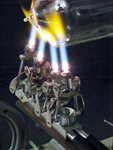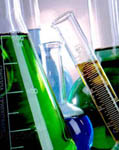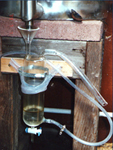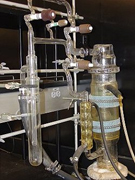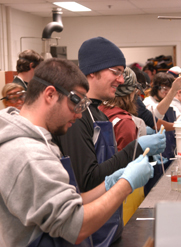|
|
|
TECHNICAL SERVICES
| Electronics
Services |
Glass Shop |
Instrument Shop |
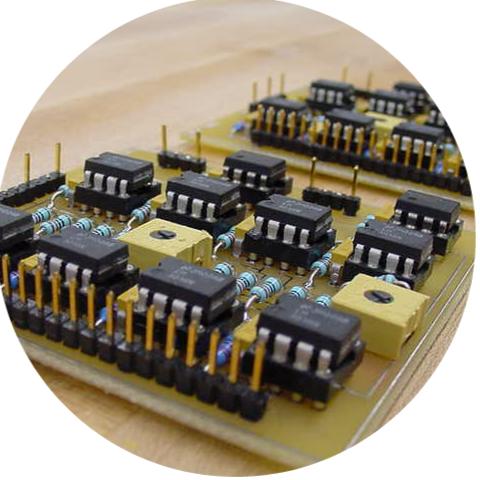 |
 |
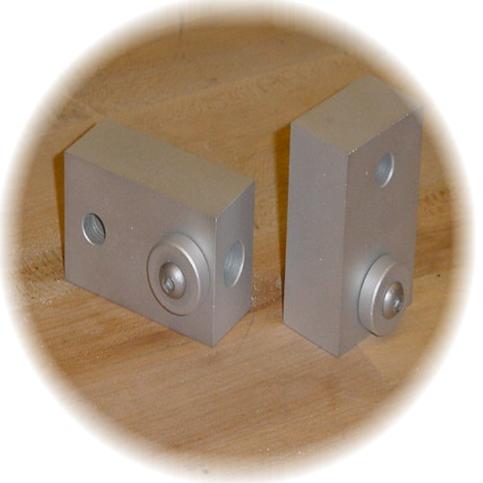 |
| Mass Spec |
NMR
Services |
Other Analytical
Instruments |
X-Ray Crystallography |
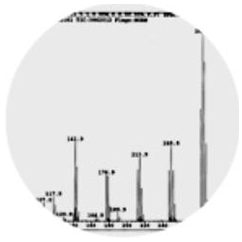 |
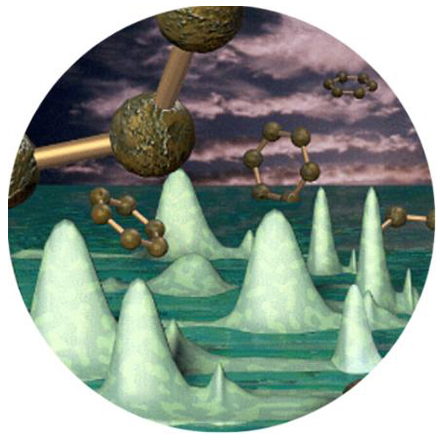 |
 |
 |
| Gas Adsorption |
Powder X-Ray Diffraction |
Raman Spectroscopy |
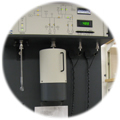 |
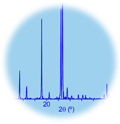 |
 |
RECHARGE RATES
for Internal UM Users
GLASS SHOP
Services |
|
$33.00 per hour |
ELECTRONICS SHOP
Services |
|
$24.00 per hour
|
INSTRUMENTATION
Services
Consultation |
|
$54.00 per hour
$48.00 per hour |
MASS SPEC
Nominal mass
Exact mass
Maldi hours
LCT hours
Other instruments
Advanced Analysis
Open Access (core/non-core)
Advanced Training
*Previous rate was per a 10 hour training session |
|
$14.00 per unit
$18.00 per unit
$19.00 per hour
$23.00 per hour
$ 9.00 per hour
$96.00 per hour
$44.00 per hour
$50.00 per hour* |
NMR
High field hour
Low field hour
SQUID hour |
|
$11.50 per hour
$8.50 per hour
$12.00 per hour
|
X-RAY
Full report
Data only report
Crystal evaluation
Consulting
|
|
$450.00 per report
$253.00 per report
$61.00 per evaluation
$49.00 per hour
|
X-RAY MICRO
X-Ray and Microporous Materials Characterization
Other Services (consulting, training work; etc.) |
|
$ 36.82 per hour
$ 48.00 per hour
|
| |
|
|
INSTRUMENTATION.
Advanced instrumentation is an essential component
of Departmental research. The Department and individual
research groups collectively maintain a multi-million
dollar inventory of state-of-the-art hardware and
software that is constantly being updated.
Major
Departmental equipment available to research faculty
and students include the following:
- Varian Unity
INOVA 800MHz NMR (housed in the chemistry complex
and shared with the Biophysics Research Division),
- Varian Unity INOVA
500 MHz NMR
- Varian Unity INOVA
400 MHz NMR
- Varian VNMRS 700 MHz NMR (installation begins Sep'10)
- Varian VNMRS 500 MHz NMR
- Varian MR 400 MHz NMR
- Varian MR 400 MHz NMR (i.e. two identical instruments)
- Varian VNMRS 600 MHz Solid State NMR
Also available are:
- superconducting
quantum interference detecting (SQUID) magnetometer
- differential scanning
and isothermal titration calorimeters
- two Bruker
ESR spectrometers including a Bruker EMX with
X-band and Q-band capability
- two X-ray diffractometers
with SGI workstations for data analysis
- two magnetic
sector mass spectrometers capable of EI, CI
- Electrospray
or FAB high resolution exact mass measurements
- LCT electrospray/time-of-flight
spectrometer
- MALDI-TOF spectrometer
capable of automated 96 well analysis for combinatorial
chemistry
- Finnigan gas chromatograph-mass
spectrometer
- two FT-IR spectrometers
including a microscope accessory; an AVIV circular
dichroism spectrometer; a Shimadzu UV-VIS spectrophotometer;
a Perkin-Elmer thermogravimetric analyzer and
differential scanning calorimeter
- ISA-Spex spectrofluorometer;
GPC and light scattering; fixed wavelength
and tunable lasers; scanning and transmission
electron microscopes; a phosphorimager; scintillation
counting apparatus; ultra-centrifuges; and
automated peptide, DNA, and RNA synthesis facilities.
The Department maintains
in-house services for mass spectrometry, CHN analysis,
atomic absorption analysis, and X-ray crystallography.
The Department also maintains on-site glassblowing,
machine, and electronics shops to repair and fabricate
scientific apparatus that are not available commercially.
COMPUTATIONAL RESOURCES.
The Chemistry Department computational resources
are centered around three computers: two Silicon
Graphics Octane machines, and a Silicon Graphics
12-processor Power-Challenge supercomputer shared
between investigators in Chemistry and the Biophysics
Research Division. The Department also has a 4-processor
Silicon Graphics high performance server for 3D
molecular graphics. This computer is housed in
special Visualization Laboratory with projection
screen capability in stereo. Individual research
groups own and operate several dozen other UNIX
workstations, three 24-node LINUX Beowulf clusters,
plus some 200 personal computers. In addition,
the University of Michigan is a member of an academic
consortium associated with the San Diego Supercomputer
Center, providing access to a Cray C90. Finally,
researchers in the Department can take advantage
of the Center for Advanced Computing, a world-renowned
research facility whose focus includes developing
applications for their advanced computer systems,
including a 32-node IBM SP3 and a 176-node IBM
SP2. As Michigan plays a major role in developing
the Internet, communication between the more than
25,000 computers on campus and those throughout
the world is fast and efficient.
|
|


